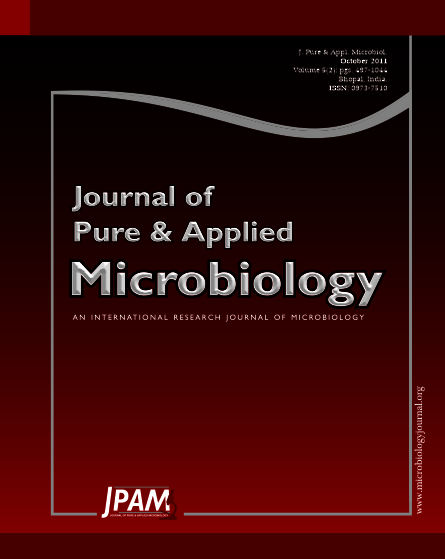Parasitic disease is major public health problem globally with intestinal parasites being most common in developing countries; in both rural and urban communities and in very poor people. Worm infestation is one of the major cause of childhood malnutrition, anaemia, stunted physical and mental growth, psycho-social problems. Comparison of prevalence of parasitic infestation and optimization of number of stool samples for screening of parasitic infestation among rural and urban teenage girls (12-19 years) of district Davangere. The study was conducted among school going teenage girls (12-19 years) from rural and urban areas of Davangere district, Karnataka. 1180 stool samples were screened for the presence of any intestinal parasites. The results revealed that 44.9% teenage girls had worm infestation. The prevalence of parasitic infestation was high among rural teenage girls (65.9%) as compared to the urban teenage girls (34.9%). The most common parasites were Ancylostoma duodenale (44.7%) and Ascaris lumbricoides (23.4%). The high prevalence of parasitic infestation seems directly related to the unhygienic living conditions associated with lack of knowledge about parasitic diseases. Amongst the intervention measures, it is important to take up sustained health education about parasitic infestation, provision of safe drinking water and improvement in environmental sanitation.
Intestinal parasites, Teenagers, Rural, Urban
© The Author(s) 2011. Open Access. This article is distributed under the terms of the Creative Commons Attribution 4.0 International License which permits unrestricted use, sharing, distribution, and reproduction in any medium, provided you give appropriate credit to the original author(s) and the source, provide a link to the Creative Commons license, and indicate if changes were made.


